First 100 Customers
Created: Jul 10, 2020 at 10:18pm
This node will have tips on getting your first 100 customers.
But first, here's a video version: 📹SaaS/B2B - How to Get Your First 100 Customers
Your First 100 Customers
The goal of getting your first customer is not just for traction, but to validate your assumptions about your customers, their problems, value proposition, pitch, and purchasing process. It's an interative process and throughout the experience, you will be able to get a sense of the customers' problem landscape, and how to navigate the landscape to get to a close & deliver value.
While it may feel nervous and daunting at first to get your first few customers, it will become your foundations to unlock the market potential, so it's very important for the founders to actively and continously talk to the prospects and customers. Once as a founder, have sold to few dozen or more customers, start organizing your content & sales process/playbook you've developed so far, so that you can bringing in your first cohort of AEs (initial cohort: hire 2-3 at once to calibrate and benchmark).
Building Your Customer Profile & Value Proposition
Throughout the initial selling process, you are getting a better understanding of your buyers and also the value proposition that needs to be delivered. As you evolve your sales process, you'll start adopting things like [[PIG MEDDICCC]] framework to organize accounts, but in the begining, it's okay to start with something simpler.
Start with building a doc to write & evolve answers to following questions:
* Who buys, uses, and pay for your product? (They may be different people)
* Why do they buy (or decides not to buy) your product?
* What do they compare you against? (competition, replacing existing soliution, cost saving, budget, etc.)
* How are you going to price it to them? (that aligns with the value they are getting)
Selling to Friends & Networks
You need to start somewhere. If you are solving a problem for people you understand well, then it's good to start practice pitching to your friends and professional networks. They can provide feedback to your pitch or value prop, and also help you better understand their problems, how they'd decide to buy your product, etc. It's important to receive feedback, process, develop, and follow-up to them.
Ask them if they'd be willing to pay for the product you're building, and if their team/company is willing to sign a one-page order form or at least an LOI. If they are willing to "sign something" it shows sincere intent. Of course, not everyone will feel comfortable committing to something, but some (the innovators & early adoptors segment) will be okay testing out an MVP (or even half-baked) product when it's ready. Some find joy in being part of the early journey of a company. Involve them and thank them.
Through your your immediate network and extended network, you should be able to hustle to get to 10-20 customers. For introverted founders, this can be especially stressful as you don't want to pressure your friends or feel indebted, but it's a crucial part of the process to building your product well. After all, if your product works, you made their lives easier and better. So believe in your solution to their problems. As long as you have a sincere desire to deliver on the promise, all is well.
Inbound: Content & SEO
Inbound growth engine is hard to build initially as it takes time, but once you build it, it's a channel that keeps on giving and overall increases your GTM efficiency. Especially these days, bottom-up adoption has become dominant in product-led growth companies.
It usually takes 3-6 months to get your initial inbound engine to work, so you need patience. Identify key terms that people look up on search engines. Since it's driven by search engines, the keywords will tend to be a lot more concrete than abstract. Brainstorm and research keywords that are actually being used in search engines.
Then start optimizing your website to address those keywords directly. Make sure to double check your SEO & page performance using SEO analyzing tools - tenaciously add structured html tags (H1, H2, etc.), meta data, image alt tags, remove errors, improve load speeds, cache, mobile optimization that address your target keyword portfolio well.
Then start writing blog content (btw, don't use blog.yourdomain, but use yourdomain/blog to help boost your domain authority score). Write content regularly (at least 1-2 a week) that address your expertise topic while making sure you hit your target keywords well. Again, use plugins/content analyzers to make sure your keywords are captured well in titles and content.
Share those content on social media so that other people will visit, and perhaps mention/link them on their own posts.
Quantity & regularity matters. And of course, it's hard to create lots of quality content, but try to keep it useful for the readers. Don't be too salesy. Make sure people get something from the content. Not all great content gets picked up or recognized, but strong candence gives chance for those good content to be re-discovered. You can also link to your old relevant articles for discovery.
Read other companies' blogs to see who do this well. For example, Hubspot blog is a great source for sales & marketing experts.
Once you build an efficient inbound engine that's driven by SEO and content tied with [[Self-service model]], you can conquer the world.
One thing to note is it's hard to scale inbound engine as you can't "spend more money" to drive traffic.
Other topics to follow:
* Outbound: Email & Calls
* Paid Advertising (SEM & Social Media)
* Communities, Review Sites, & PR
* Word of Mouth, Viral Loops, and Referrals
* Channels / Partnership
